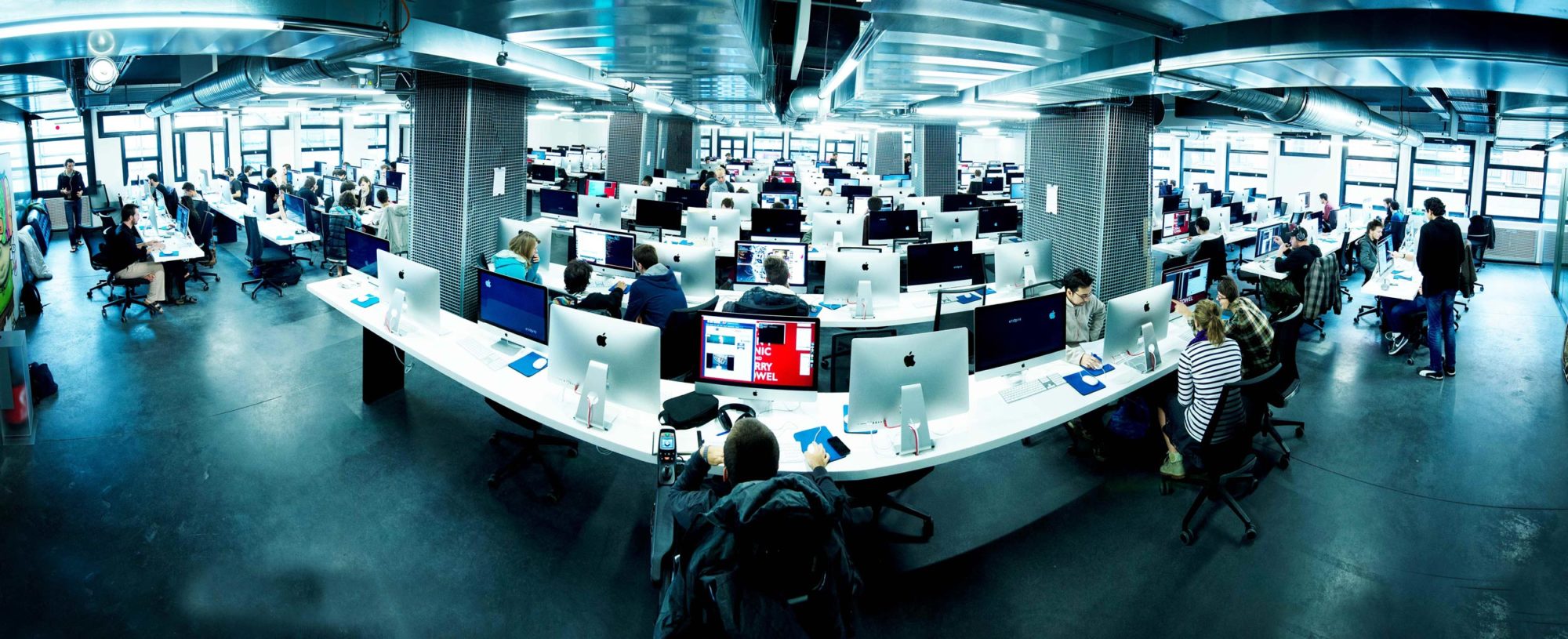
The Piscine at 42
Eagerly awaited as well as fearfully dreaded but always memorable: the Piscine at 42 is a trial month that may change your entire life.

A really one-of-a-kind month
What is the Piscine at 42?
The highlight of the selection at 42 is the Piscine.
You don’t have to know how to code to apply to the Piscine at 42. Whatever your starting level is, the idea is to test the candidates’ involvement capacity during the Piscine at 42. Rather than offering a straight computer initiation, the Piscine at 42 lets you start the curriculum with intensive training in C, the first language you have to use during the training course. For one month, the Piscine at 42 lets you tackle the teaching methods of the school: peer-to-peer learning, group work, peer-evaluation and project pedagogy.
Immersion
Dive into the work methods of the students of 42.
Intensive learning
A month dedicated to stepping into programming for good.
No prior code knowledge required
42’s Piscine starts from scratch, whatever your entry level is (newcomers are welcome).
Learn about yourself
Discover how 42’s learning methods can help you move forward.
For each and everyone
We welcome all profiles: You can only move forward by confronting different points of view.
An unforgettable experience
The Piscine at 42 is the promise of a month that offers you new perspectives.

Testimonies
42’s Piscine: they say it best

The highlights of the Piscine at 42

Learning modules
42’s Piscine exercises are grouped in modules. You will need one day, more or less, to complete one, but you can take your time and retry as many times as you like. These modules let you focus on one specific notion. Rather than follow a course and apply what you’ve learned, these modules let you learn practically.

Peer evaluations
In addition to an automated evaluation, all the modules must be evaluated by other candidates in the Piscine at 42. This is what we call peer evaluation. This is an opportunity to discover other ways to program and discuss topics tackled in the exercise. Even if the assessor and the assessed are not at the same level, everyone can benefit from this experience: Peer evaluations are when you learn the most from your experience in the Piscine at 42.
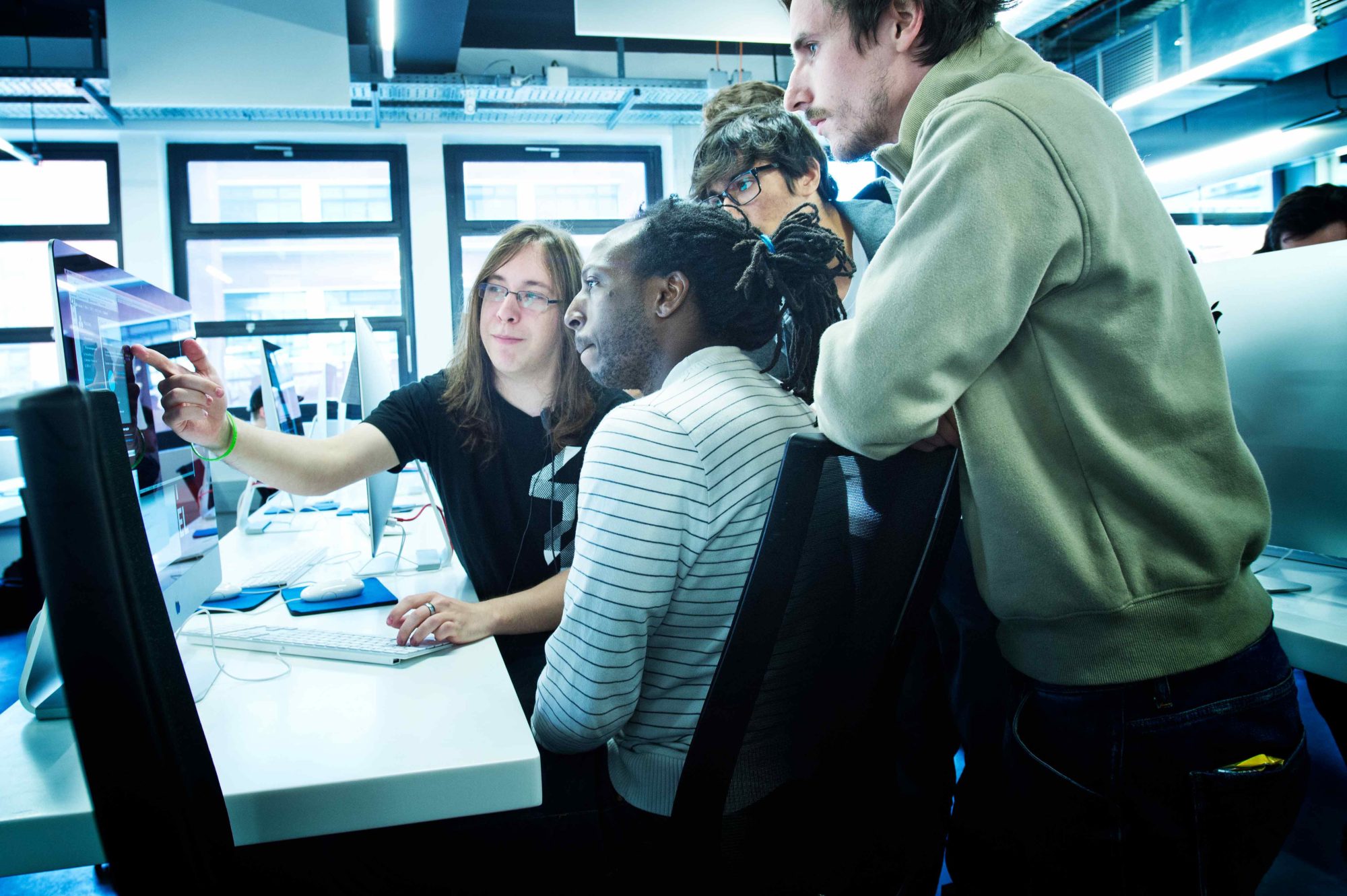
Rushes for group work
During weekends, mandatory work groups let students collaborate on projects. We call these “rushes”. The aim is to make you surpass yourself and find a unique solution to a given problem. Rushes are evaluated by the pedagogical staff or advanced students participating in educational activities. Advice given during the evaluations are precious and offers you thorough feedback about the way you code.
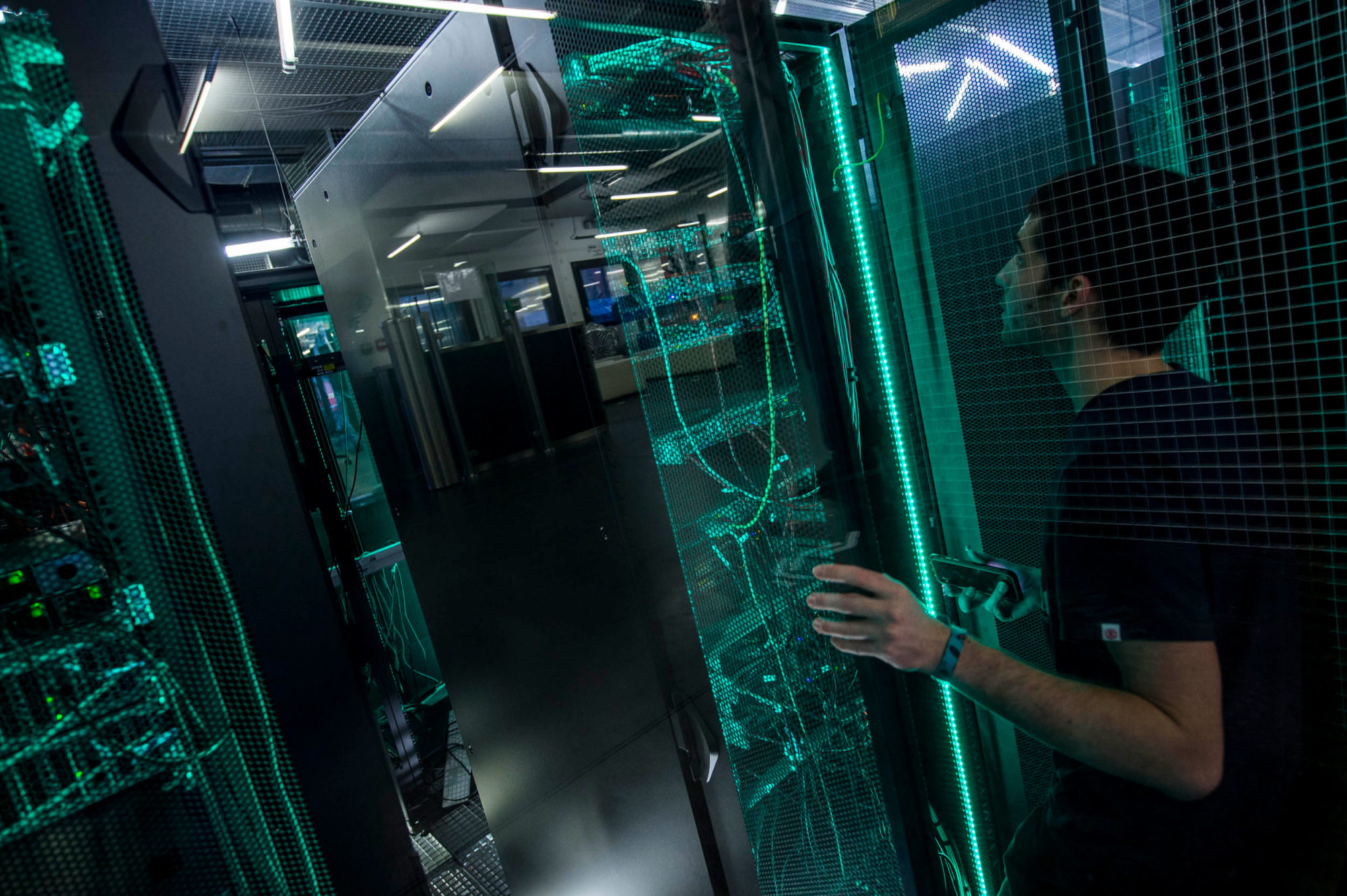
Machine exams to test yourself
Once a week, a machine exam is proposed. You must solve increasingly difficult problems in a limited time in order to test your level and use what you’ve learned. You will not get any help here. This is an opportunity to observe your progression and achievement and go beyond. You will find solutions to problems you were absolutely clueless about days or weeks before.
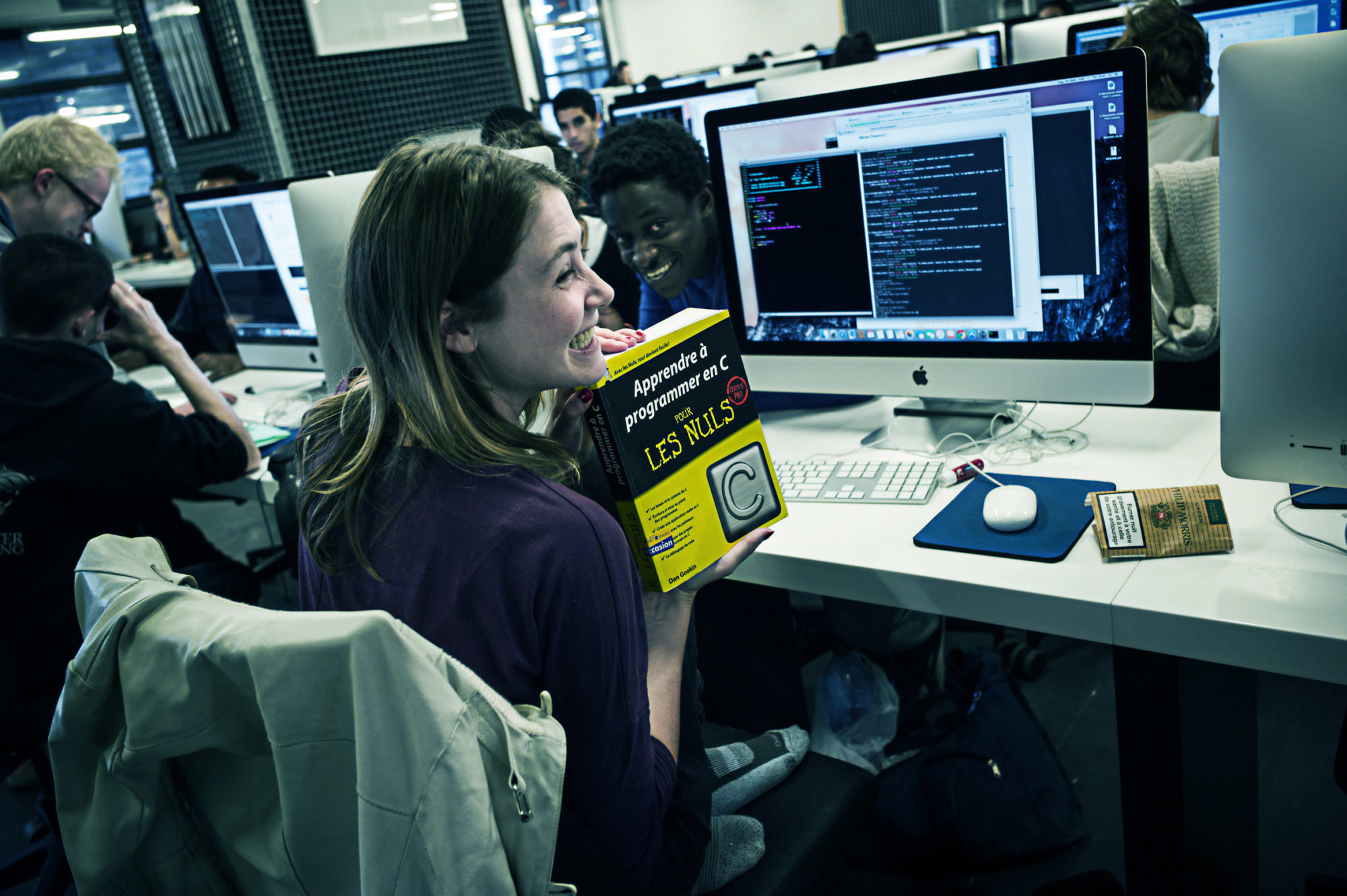
Friendly moments
42’s Piscine is not just about work. Events are set up for candidates to meet and start bonding. No one knows one another at their arrival but more often than not, work groups turn into friend groups. To add a little competition, each candidate is randomly assigned to one of the four school coalitions so they can participate in a friendly tournament.
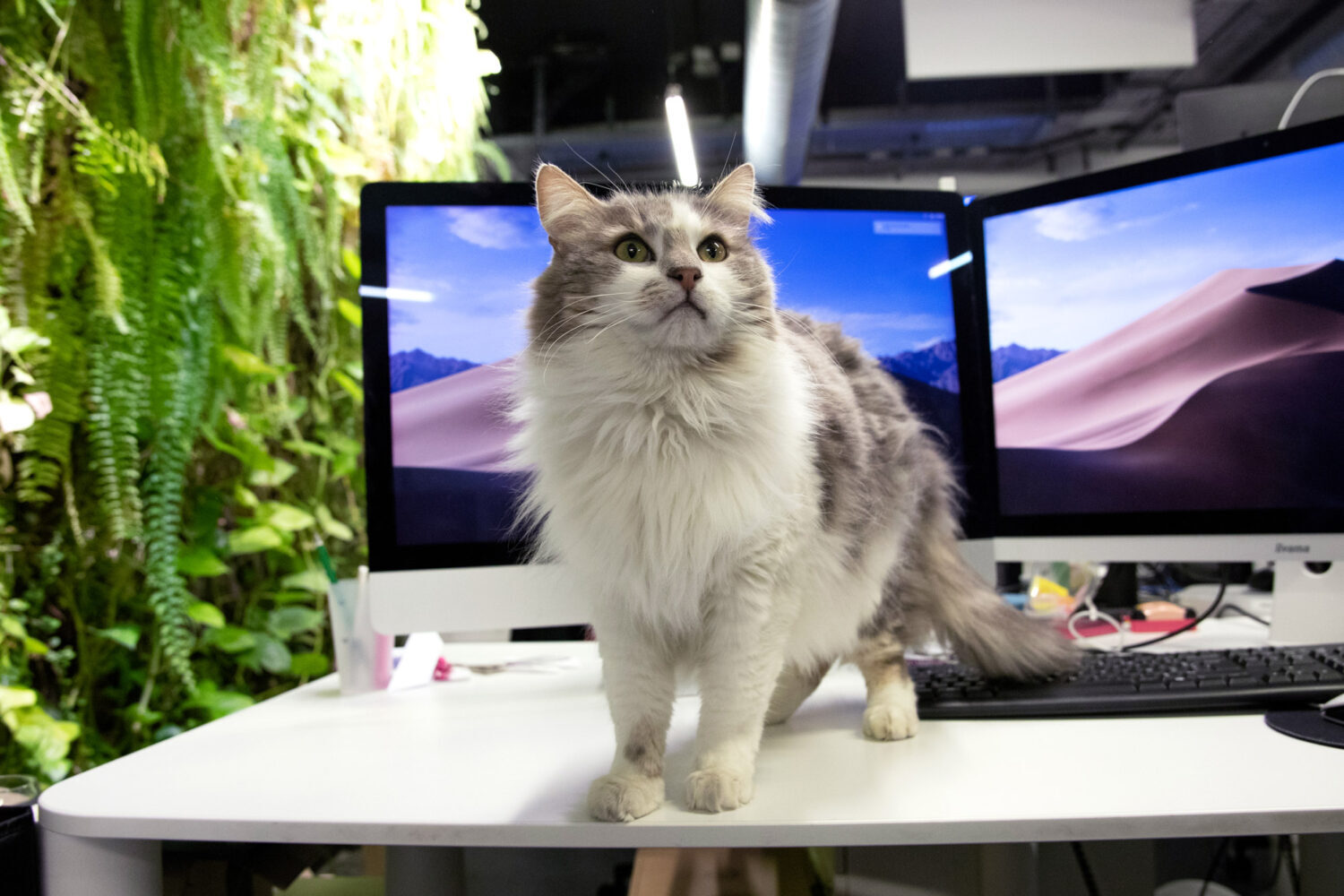
And surprises...
During your Piscine month at 42, each day is different. The relentless pace lets you excel everyday. Would you like to spend a month finding out about yourself while learning practical programming? 42’s Piscine is an invitation to help curious minds flourish!

Discover the dates of the Piscines
for the 42 Campus in Paris.
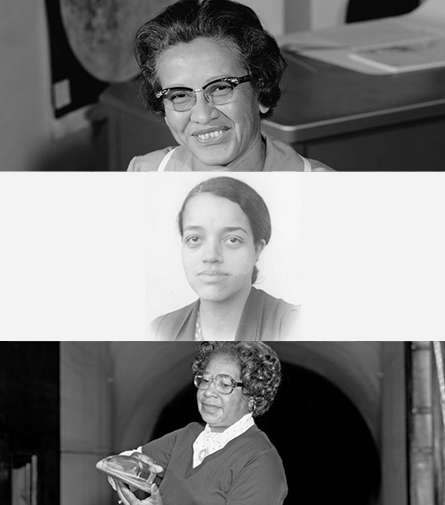
Geek Culture
The Hidden figures
Katherine Johnson, Dorothy Vaughan and Mary Jackson… These women had a key role in the American space program while fighting against racial segregation. First employed as “human computers,” they made a significant impact on the program. Mary Jackson (1921-2005) was the first African American engineer in NASA. Katherine Jackson (1918-2020) calculated the trajectories for rockets of the Mercury and Apollo missions. Dorothy Vaughn (1910-2008) anticipated the rise of computer science learning and taught FORTRAN, one of the first programming languages, to her team. The stories of these women were immortalized in the 2016 film Hidden Figures, adapted from the eponymous book.